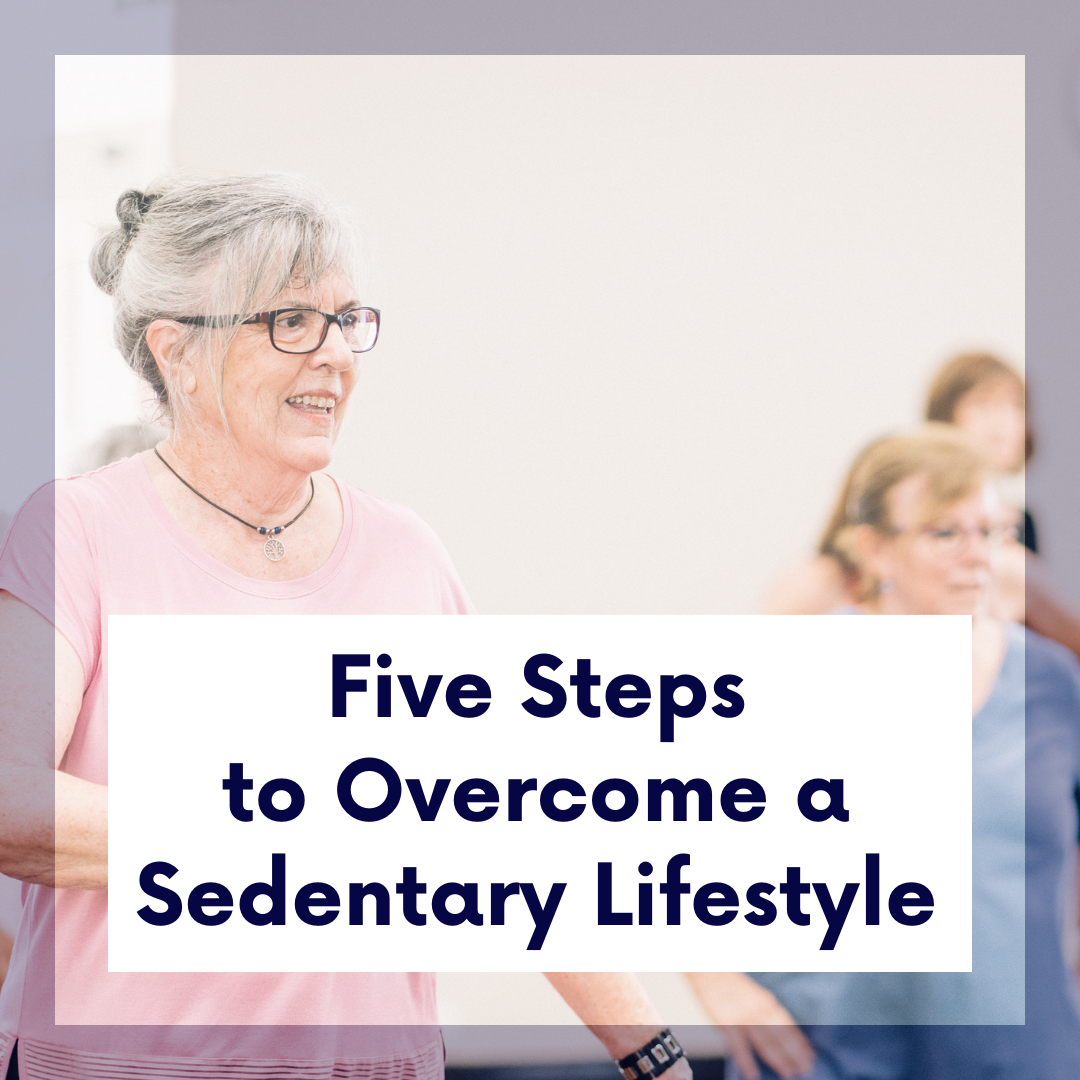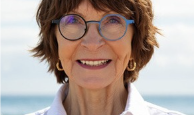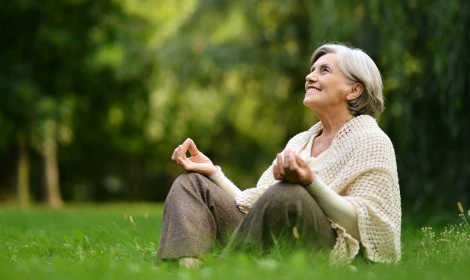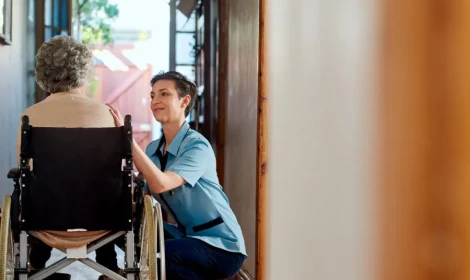Joan’s Five Steps to Overcome a Sedentary Lifestyle
In a society that frequently underscores the value of youth and vitality, the narratives of those who defy stereotypes and champion physical activity in their golden years are particularly noteworthy. Joan is one such person. A 60-year-old retiree, Joan transformed her life from a sedentary existence to an active and thriving life she loves. Read how.

In a society that frequently underscores the value of youth and vitality, the narratives of those who defy stereotypes and champion physical activity in their golden years are particularly noteworthy. Joan is one such person. A 60-year-old retiree, Joan transformed her life from a sedentary existence to an active and thriving life she loves. Joan's story not only serves as an inspiration but is also underscored by scientific research, emphasizing that the pursuit of physical well-being is a possible journey for everyone, irrespective of age.
The Turning Point:
Joan gained weight after each of her three children were born. Physical activity became something she did not have time for as a busy mom. She led a sedentary lifestyle, grappling with fatigue, stiffness, and a sense of unfulfilled potential. The turning point came in the form of her husband’s dementia diagnosis and subsequent move into a memory care community. Joan knew she had beat the odds; dementia caregivers have a 67% higher chance of dying before the person for whom they care. She set about making changes.
Overcoming Mental Barriers:
Like many individuals in her age group, Joan first had to navigate the mental hurdles associated with overcoming a sedentary lifestyle. Shifting her perspective on physical activity from a perceived chore to a gateway for personal growth proved to be a crucial step. She committed to walking every day, no matter how few steps it equaled. She knew consistency mattered more than an arbitrary goal. Joan’s approach aligned with the findings of a study published in the "Journal of Aging and Physical Activity," emphasizing the importance of moderate-intensity physical activity for improved health outcomes in older adults (Brown et al., 2018).
Handling Emotions Through Movement:
Central to Joan's success was the discovery of joy in movement. On her walk, Joan listened to new music and even found podcasts on topics she enjoyed. She found that walking outside before visiting her husband in the memory care community put her in a better mood which made their visits better.. Additional walking after her visit helped Joan process her grief. Experimenting with various activities, from dancing to her favorite tunes to participating in local fitness classes for seniors, Joan found that making physical activity enjoyable was pivotal to sustaining her new lifestyle.
Social Connection and Support:
Joan’s children were grown and lived out of state. She maintained deep love for her husband, but she also felt lonely. Joining a local walking group and participating in senior fitness classes not only provided companionship but also transformed exercise into a communal activity. A study in the "Journal of Aging and Social Policy" supports this approach, underscoring the positive impact of social participation on the physical and mental well-being of older adults (Chang et al., 2020).
Embracing Variety:
Over the course of a year, Joan incorporated a variety of activities into her routine. She learned she liked the feeling of strength which came from lifting weights but did not like water aerobics. She was intimidated to try yoga, but found she loved how leaner, taller and more flexible she felt after a simplified version of restorative yoga.
Celebrating Progress:
Joan celebrated every milestone, no matter how small, reinforcing her commitment to an active lifestyle. These celebrations became powerful motivators, propelling her to explore new activities and continually push her boundaries. Her family also noticed her success and praised her determination. They had never expressed it before, but as they watched their father deteriorate and take no action towards improving his lifestyle when he still had capacity to do so, they were afraid their mom was going to go down the same road.
Samantha* said, “With my dad it was hard to see him get worse so quickly. I was afraid I was going to lose my mom, too.” Samantha continued, “Now, I do not worry about her anymore. She is committed. She knows that a healthy life is built one step at a time. And, she inspires me!”
Joan's journey exemplifies that age does not have to be an impediment to embracing physical activity. Her story, backed by scientific research, underscores that it is never too early and it is never too late to change your lifestyle. Start where you are and do what you can with what you have.
Joan’s daily walks became a force of strength and inspiration for herself and her family. During a time when it would have been easy to “give up” all over again with her husband’s diagnosis, Joan determined in her heart not to end up as a statistic. She has since moved into an Independent Living community because she knew that living alone was not ideal. She needed more community and social relationships to live a long, full life. Now, with the physical and social aspects of life dialed in, Joan feels unstoppable.
If you see yourself in Joan’s story, let us know. You can reach us at (239) 330-2133 or info@scanyfl.com.





